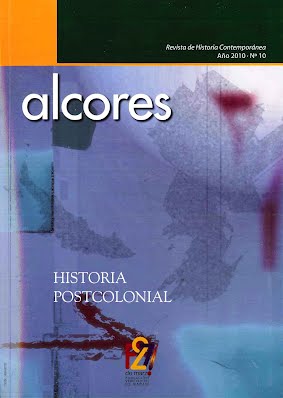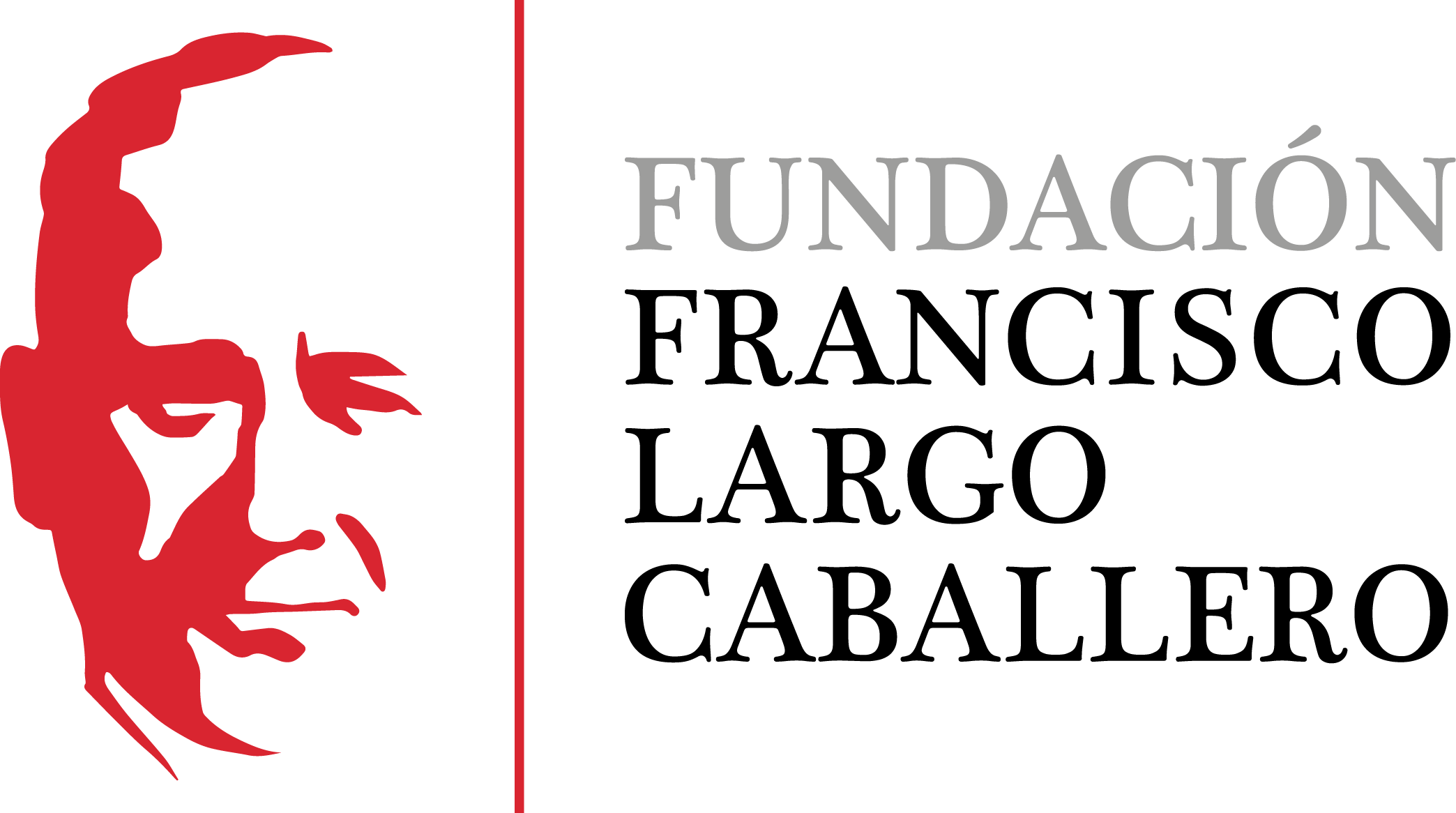Internal enemies or new allies?
Immigrants and Basque radical nationalism (1959-1979)
DOI:
https://doi.org/10.69791/rahc.183Keywords:
Basque radical nationalism, immigration, Francoism, Spanish transition, national identityAbstract
One of the pillars of Basque nationalism was the rejection of the Spanish immigrants who went to the Basque country (antimaketismo). In the 1950s and 60s the flow of immigrants almost doubled the population in the Basque Country. At the same time ETA, the core of radical Basque nationalism, came into being. In this article, the authors study how this political sector dealt with the phenomenon of immigration and if Sabino Arana’s xenophobia has been adopted in its ideological assumptions in one way or another. Documents of ETA and parties which supported this organization (particularly HB) will be analyzed, dating from the foundation of ETA (1959) to the approval of the Statute of Autonomy of the Basque Country (1979).
Downloads
Global Statistics ℹ️
|
111
Views
|
59
Downloads
|
|
170
Total
|
|
Downloads
Published
How to Cite
Issue
Section
License
Copyright (c) 2011 Gaizka Fernández Soldevilla, Raúl López Romo

This work is licensed under a Creative Commons Attribution 4.0 International License.
Alcores is an open-access journal. It provides unrestricted access to its content from the moment of publication. We respect intellectual property rights, and for this reason, the author retains the copyright. All content is distributed under a Creative Commons Attribution 4.0 International (CC BY 4.0) license. The terms of the license can be consulted at: https://creativecommons.org/licenses/by/4.0/
This license allows sharing (copying and redistributing the material in any medium or format) and adapting (remixing, transforming, and building upon the material for any purpose), provided that authorship and first publication in this journal are properly credited, a link to the license is included, and any changes made are indicated.
This type of license facilitates the freedom of reuse and ensures that the content of this journal can be used to meet research needs.





